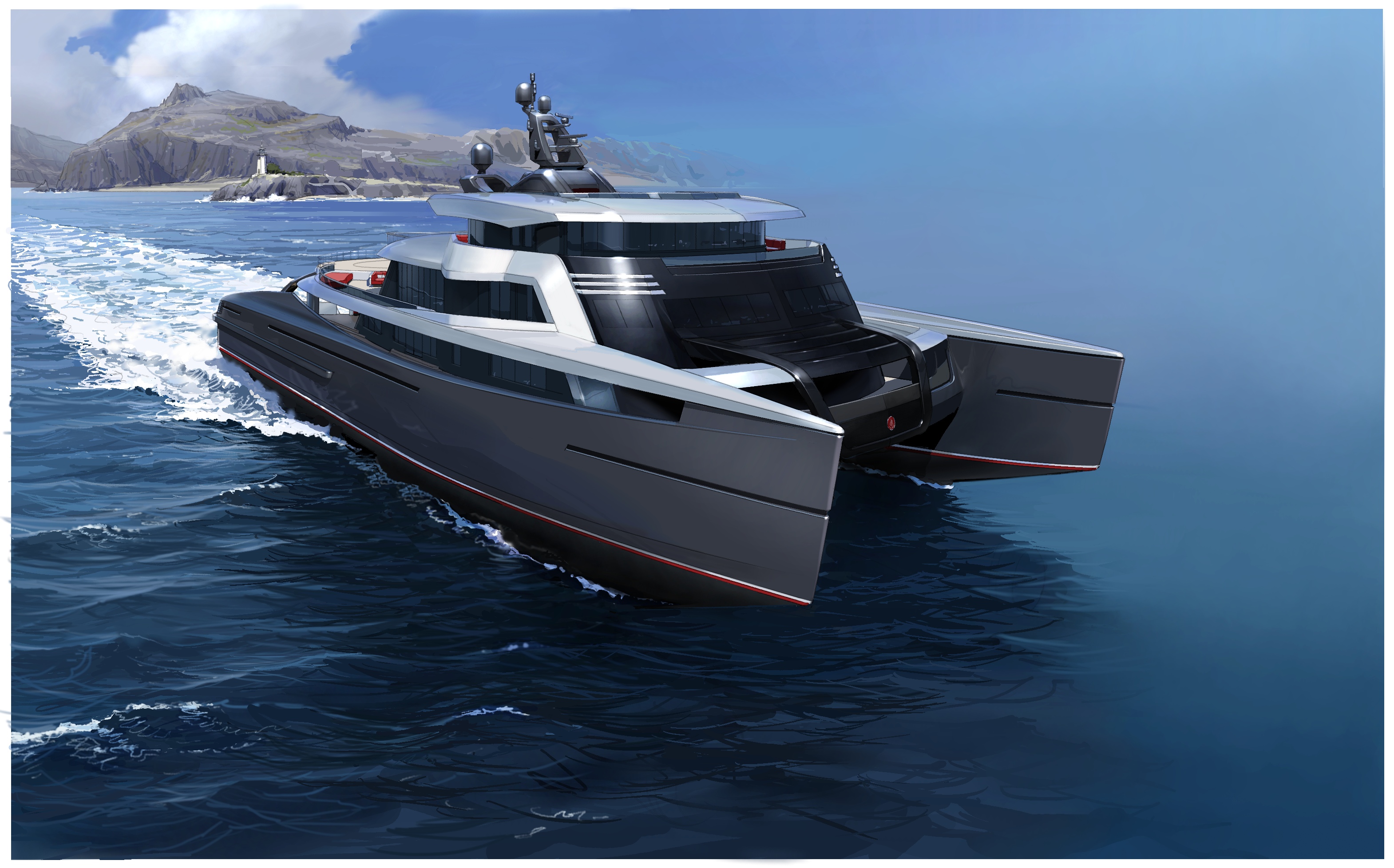The design concept consists of a bow with little buoyancy, a hull that slopes inward from the waterline and, ergo, a large reduction in wave-making resistance. while it works well in heavy seas, the drawbacks include reduced interior volume forward and a very wet ride because the waves come up and over the bow as a matter of course.. Ship stability is an area of naval architecture and ship design that deals with how a ship behaves at sea, both in still water and in waves, whether intact or damaged. stability calculations focus on centers of gravity, centers of buoyancy, the metacenters of vessels, and on how these interact.. However, hull design isn’t just about speed and interior volume. there’s also stability and tenderness, which is a boat’s tendency to rock. the boats described above have planing hulls, which means they have hard chines. this creates port and starboard flats that create lift and help plane the boat and keep it on an even keel..
Carrying the beam aft to a wide, flat stern that will begin to immerse as the boat heels will also add to form stability. a simple way to design a boat with greater form stability is to increase the beam, but this can create problems of safety if carried to excess.. Concave hull cross-section for paddle board stability? discussion in 'boat design' started by but gain stability by using a single concave nearly

